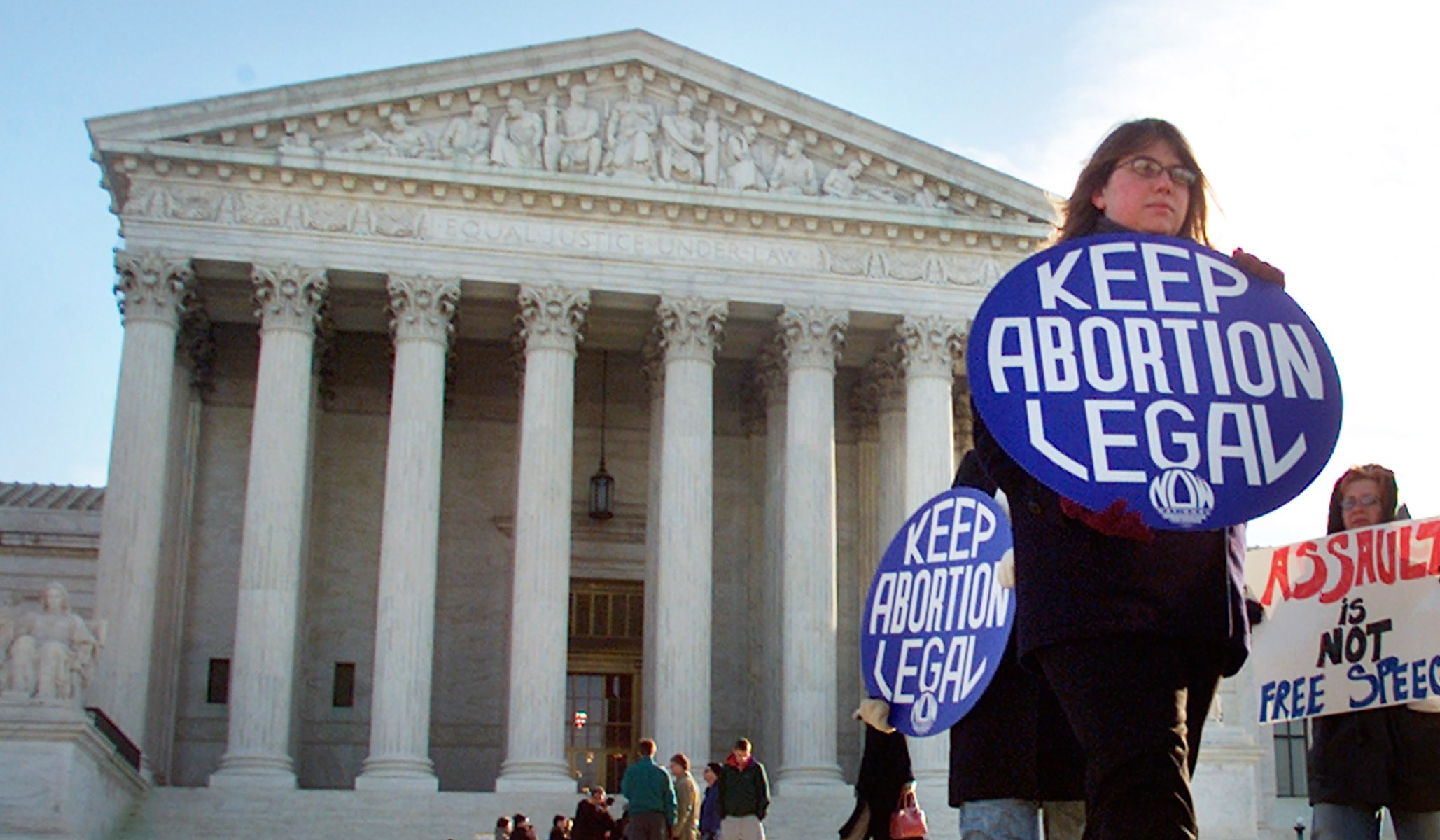By: Ramesh Ponnuru – nationalreview.com – January 30, 2019
Laws permitting abortion up to the point of birth follow naturally from the country’s expansive abortion regime.
Democrats are increasingly explicit in their support for killing unborn children at any stage of pregnancy — and sometimes even of denying normal medical care to born children.
In New York state, Governor Andrew Cuomo signed a law that makes abortion legal, even after the unborn child is viable, so long as the abortionist makes a “reasonable and good-faith judgment” that abortion will protect the pregnant woman’s health. In Rhode Island, Governor Gina Raimondo has pledged to sign legislation that also makes abortion legal after viability to “preserve . . . health.” In Virginia, state legislator Kathy Tran has introduced legislation that would, she has explained, make abortion legal even at term and in the middle of birth.
Governor Ralph Northam supports that legislation. Defending it, he suggested that abortions so late in pregnancy would be done only in cases where the unborn child was severely deformed or unviable and that in such cases parents should be able to withhold medical care if the infants are fully delivered.
Northam is wrong about the reasons for late-term abortions. A 2013 study of abortions after the 20th week of pregnancy indicated that “most women seeking later terminations are not doing so for reasons of fetal anomaly or life endangerment.” (The number of such abortions has been estimated at around 12,000 a year. For a sense of scale, that’s more than the annual number of gun homicides in our country.) The legislation Northam backs does not limit late-term abortions to such circumstances, either.
Republicans have reacted to the New York law and the Virginia bill with justified horror. But it’s important to identify correctly what we should be horrified about. The central provisions of these laws and proposed laws do not liberalize abortion policy beyond the status quo. The Supreme Court’s abortion jurisprudence has for decades effectively forbidden any state from prohibiting abortion even late in pregnancy.
Roe v. Wade held that states could prohibit abortion late in pregnancy only if they made an exception for abortions meant to protect the pregnant woman’s health. Justice Harry Blackmun’s majority opinion in that case mentioned several health harms that unwanted parenthood could cause. Roe’s companion case, Doe v. Bolton— written by the same justice and handed down the same day — also suggested that health should be read broadly. As Blackmun put it, “the medical judgment may be exercised in the light of all factors — physical, emotional, psychological, familial, and the woman’s age — relevant to the well-being of the patient.” An exception this broad would of course swallow any prohibition: An abortionist will always be able to say that in his professional judgment, having the child would have adverse emotional or familial consequences.*
Many states have laws against late-term abortion on the books, usually with a health exception that tracks the Supreme Court’s rulings. It is a sign of how broad the Court’s rulings have been — and how much broader they have been than they have generally been described in the press — that almost no successful prosecutions of late-term abortions have ever been undertaken since Roe. (I am aware of only two cases, both of which involved additional charges.) In 2016, Hillary Clinton said, approvingly, that our law does not recognize any right to life for unborn children mere hours from delivery; her description of the law was quite correct.
The Democratic party has, with fewer and fewer exceptions, placed itself firmly behind the proposition that the Supreme Court should not retreat an inch from its protection of abortion. Democrats who take this stance are by implication supporting a policy of legal abortion at any stage of pregnancy. Only a small percentage of Americans — 14 percent of respondents in a 2012 Gallup/USA Today poll — takes that view. But most people are unaware of how expansive the Court’s rulings have been, which lowers the political cost for politicians who take this view. (For that matter, some of those politicians must be ignorant of this point as well.)
Supporters of the country’s expansive abortion regime now fear that the Supreme Court will retreat from it, either by declaring that the Constitution permits states to protect unborn children in general or by letting them offer more protection. That’s why they are pushing legislation in the states to codify that regime. It is an effort that is forcing supporters of abortion to be a little more candid about what they really want: an extreme regime that denies any meaningful protection to unborn children and threatens the protection for born ones.
*There is a revisionist line of argument, sometimes advanced by pro-lifers seeking to get the Supreme Court to narrow the scope of the abortion right, that holds that Doe has been misunderstood on this point. That need not concern us, however, since even if Doe has been misunderstood, the Court has adopted this view of a health exception in subsequent cases. So, for example, the Court has (by a one-vote margin) allowed prohibitions on partial-birth abortion, so long as other methods of abortion remain available throughout pregnancy to protect health broadly understood.
![]() Source: New York, Virginia Abortion Laws: Infanticide Craze | National Review
Source: New York, Virginia Abortion Laws: Infanticide Craze | National Review
 Listen Online
Listen Online Watch Online
Watch Online Find a Station in Your Area
Find a Station in Your Area









 Listen Now
Listen Now Watch Online
Watch Online
